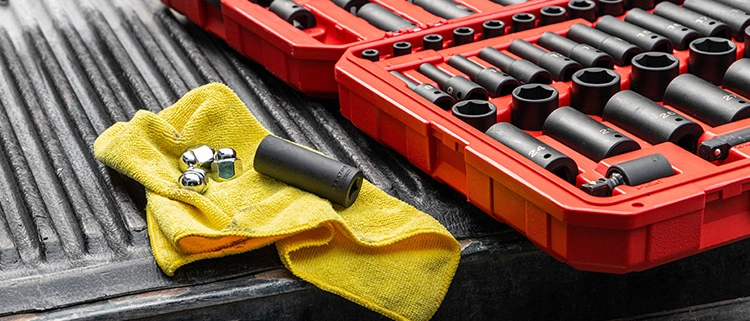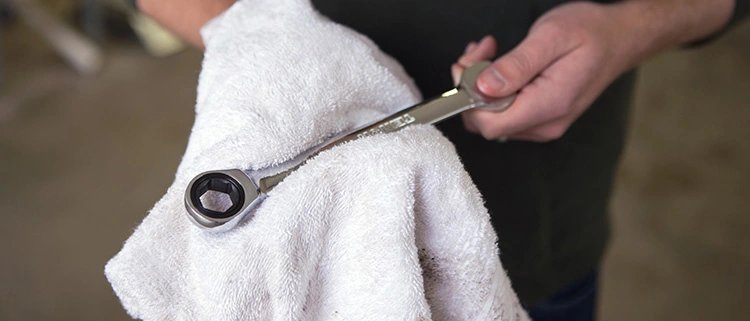Aaron: +86-18129983931
Max: +86-18922922459

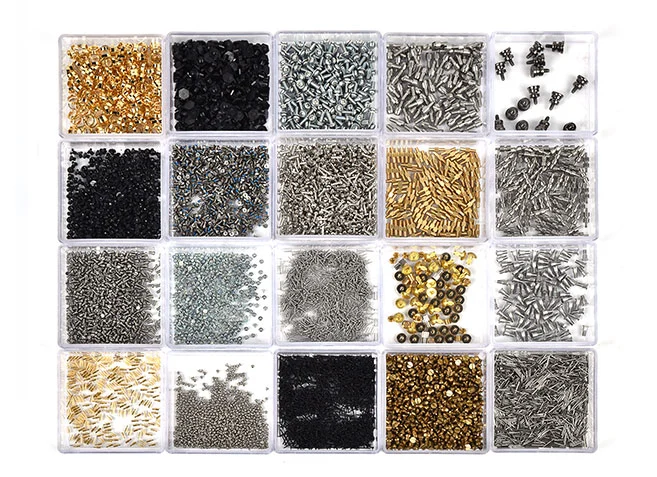 Micro Screws
Micro Screws
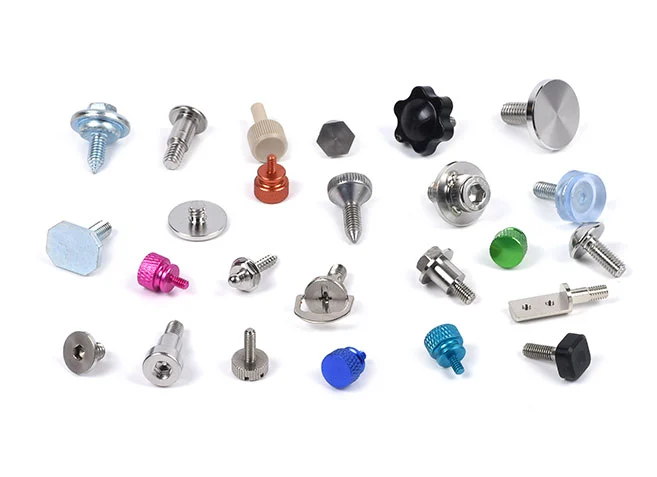 Big Head Screws
Big Head Screws
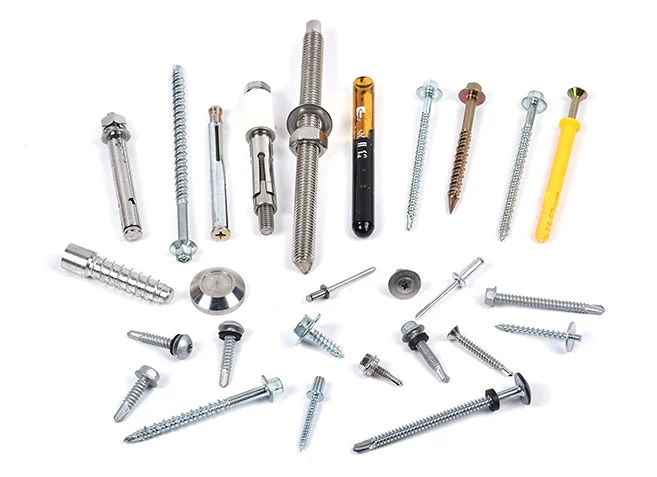 Construction Screws
Construction Screws
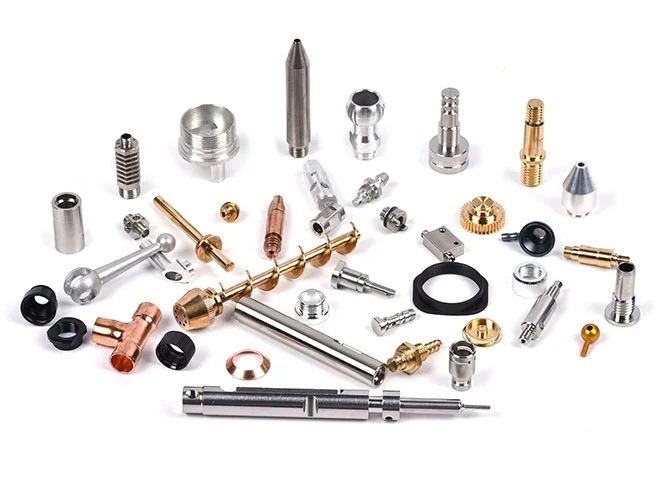 CNC Lathe Machining Parts
CNC Lathe Machining Parts
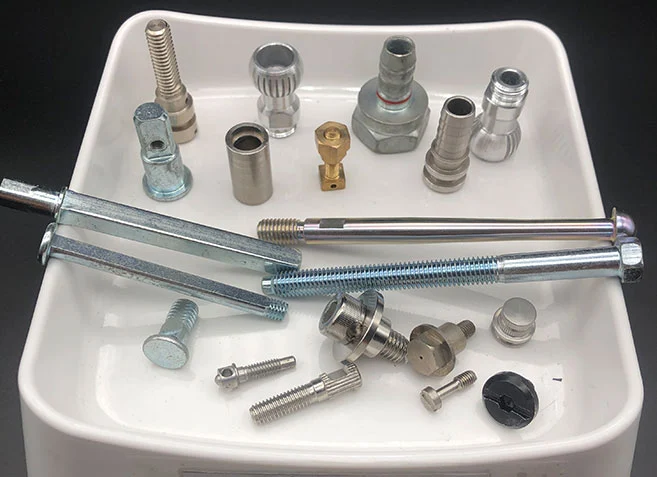 Cold Forged and Undergo Secondary Processing Products
Cold Forged and Undergo Secondary Processing Products
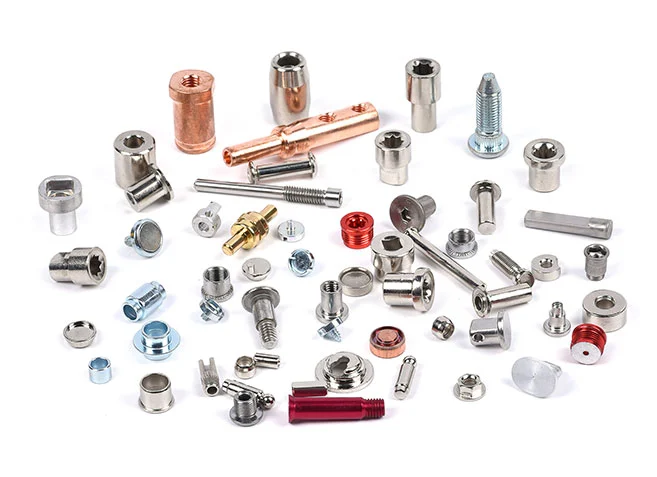 Multi Station Cold Heading Screws
Multi Station Cold Heading Screws
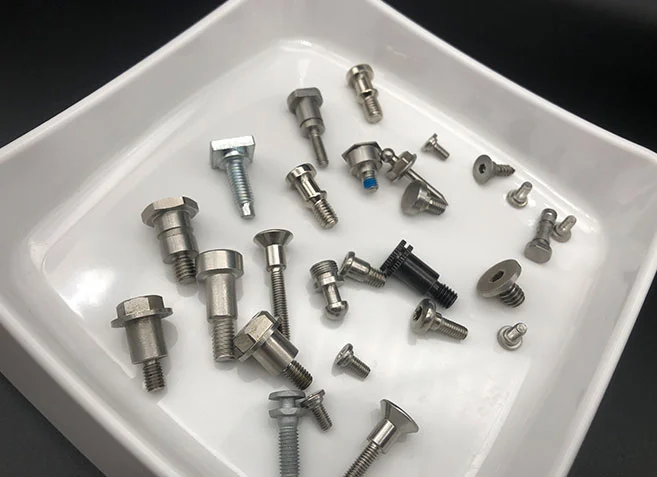 Step Screw
Step Screw
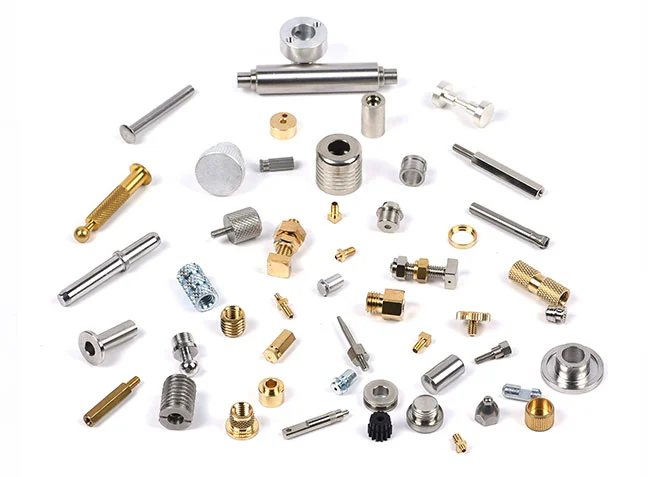 Automatic Lathe Machining Parts
Automatic Lathe Machining Parts
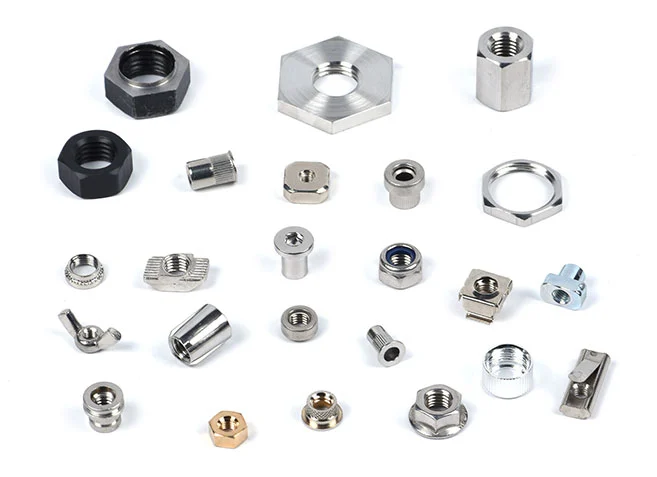 High Difficulty Challenge Cold Heading Fasteners
High Difficulty Challenge Cold Heading Fasteners
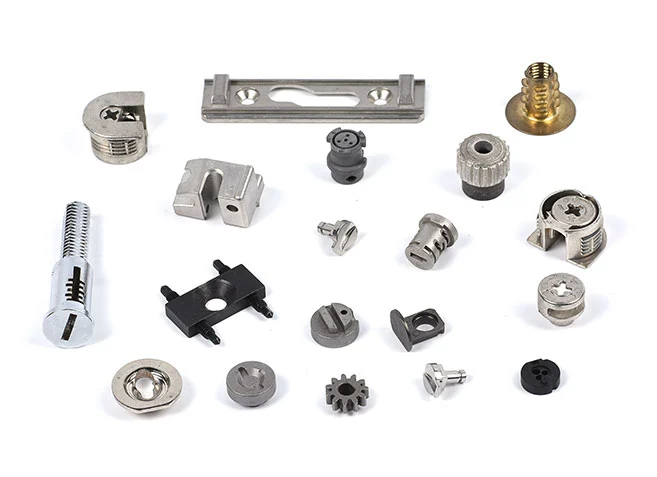 New Tech Fasteners
New Tech Fasteners
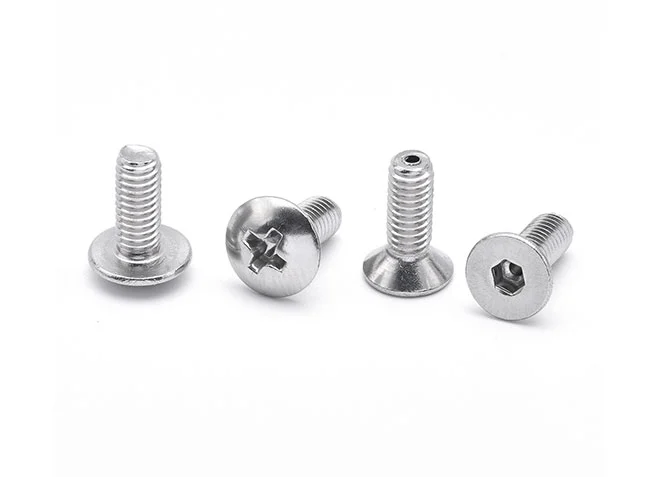 Machine Screws
Machine Screws
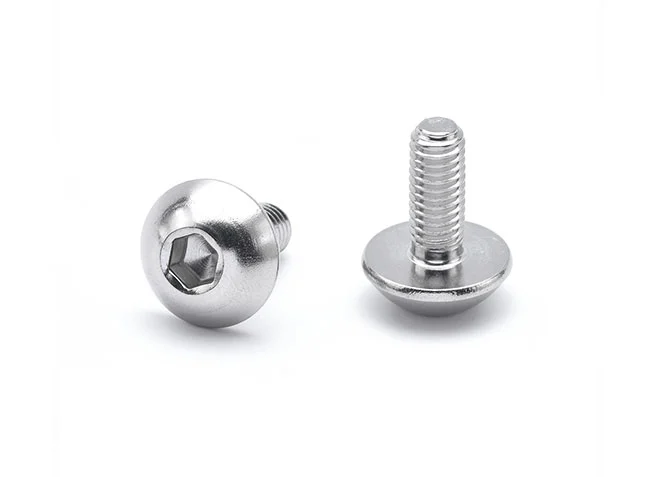 Socket Cap Screws
Socket Cap Screws
 Hexagon Socket Set Screws
Hexagon Socket Set Screws
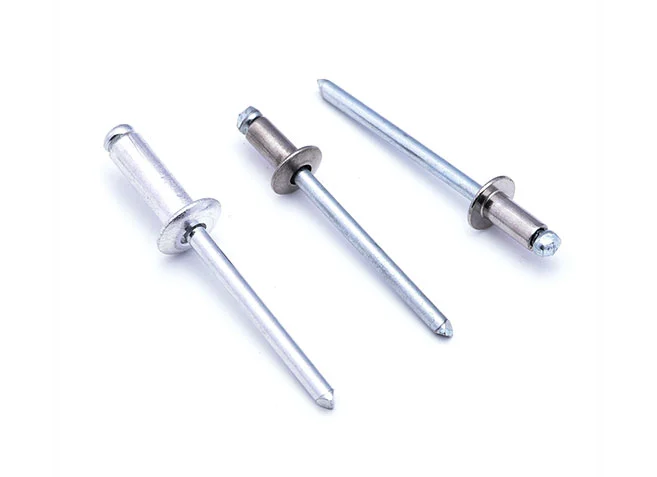 Pull Out Rivet
Pull Out Rivet
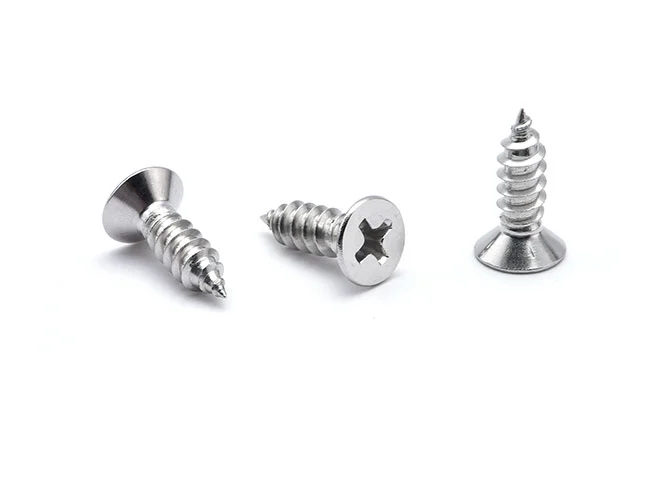 Self Tapping Screws
Self Tapping Screws
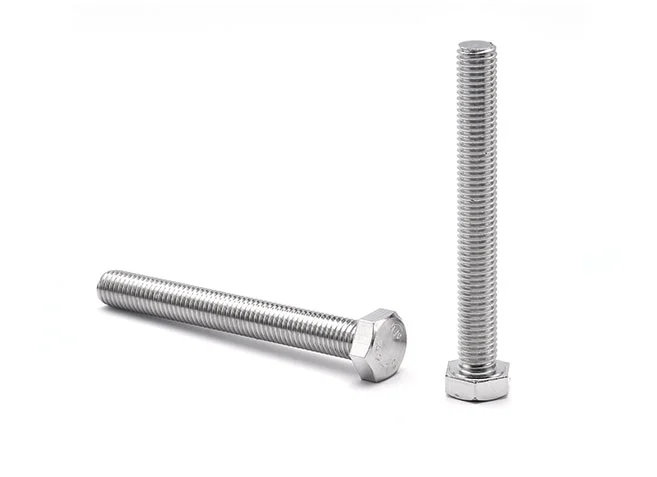 Hex Bolts
Hex Bolts
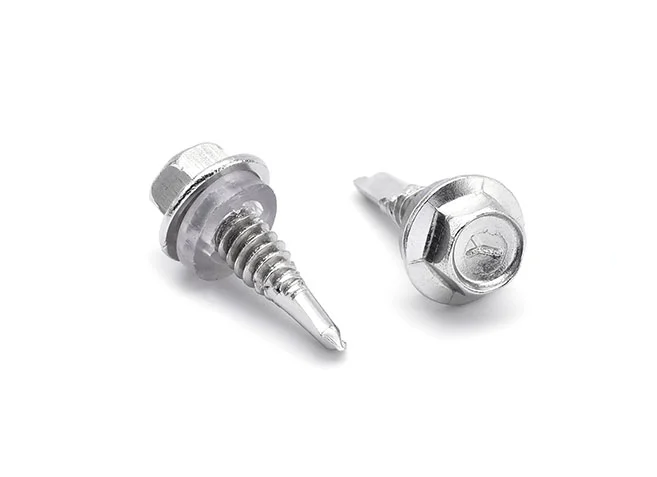 Self Drilling Screws
Self Drilling Screws
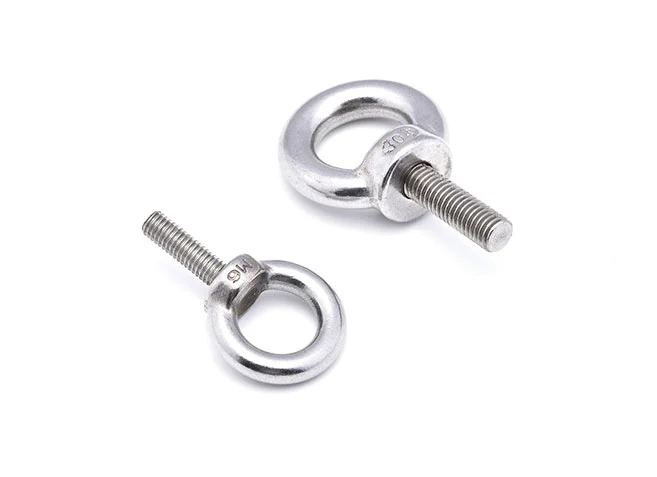 Eye Bolts
Eye Bolts
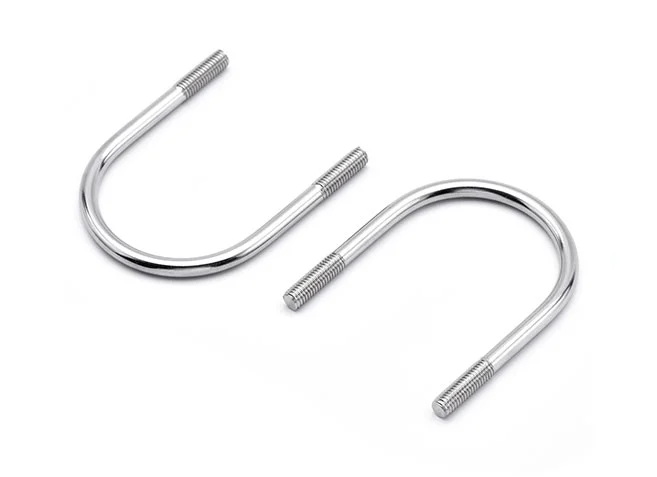 U-bolts
U-bolts
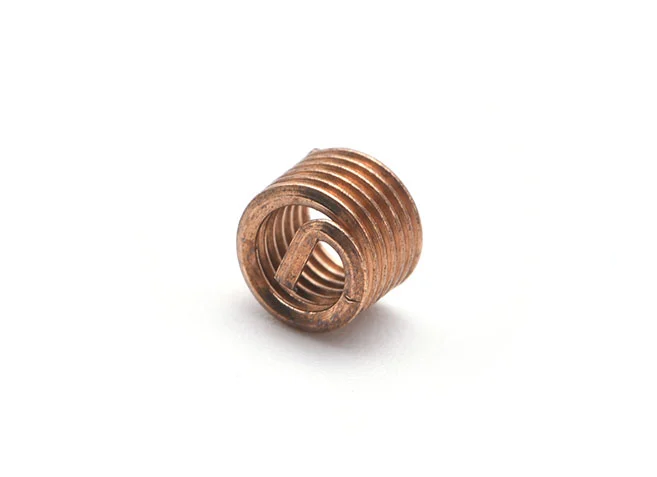 Threaded Sheath
Threaded Sheath
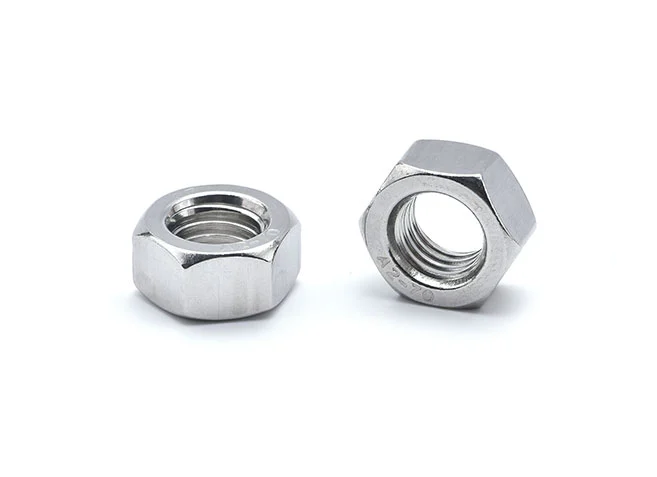 Hex Nut
Hex Nut
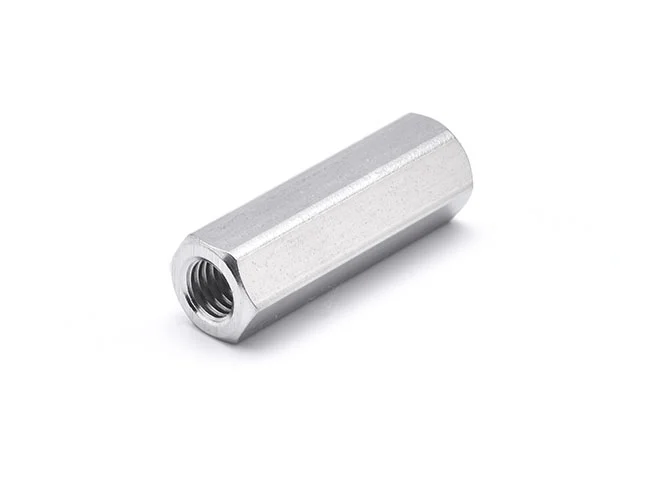 Hex Long Nut
Hex Long Nut
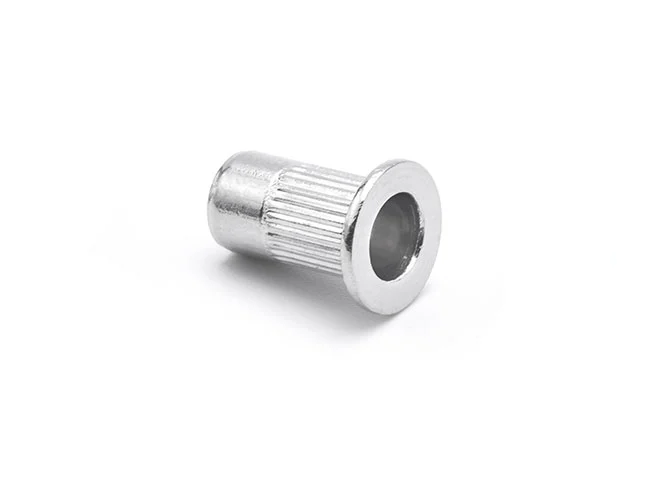 Pull Rivet Nut
Pull Rivet Nut
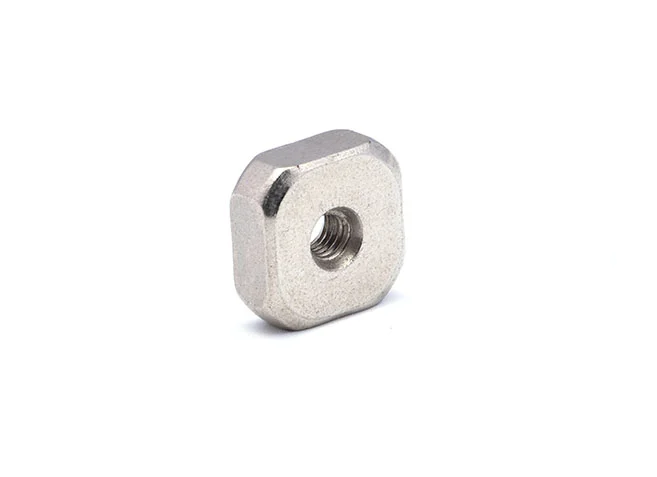 Square Nuts
Square Nuts
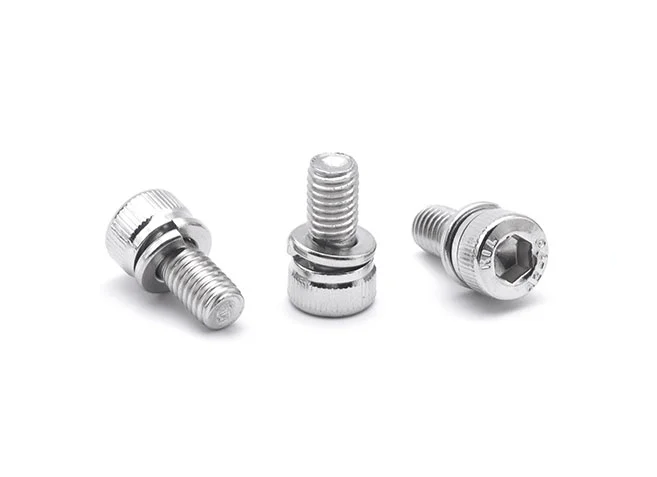 Combination Screws
Combination Screws
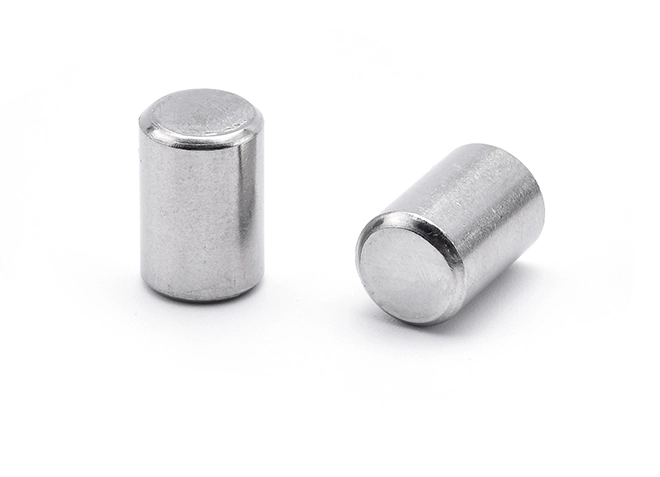 Pin
Pin
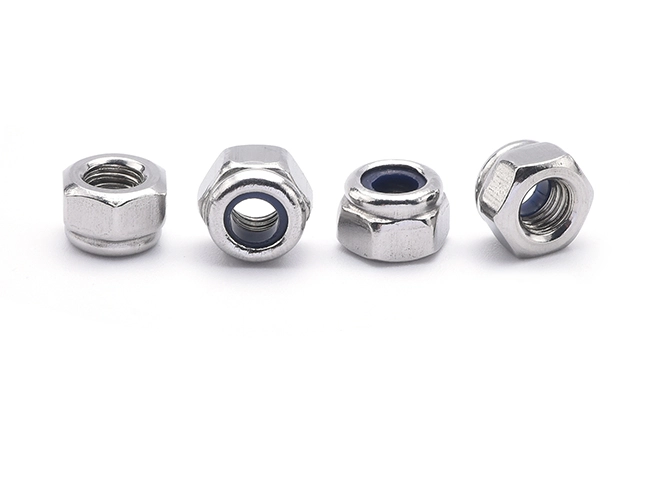 Nylon Locking Nuts
Nylon Locking Nuts
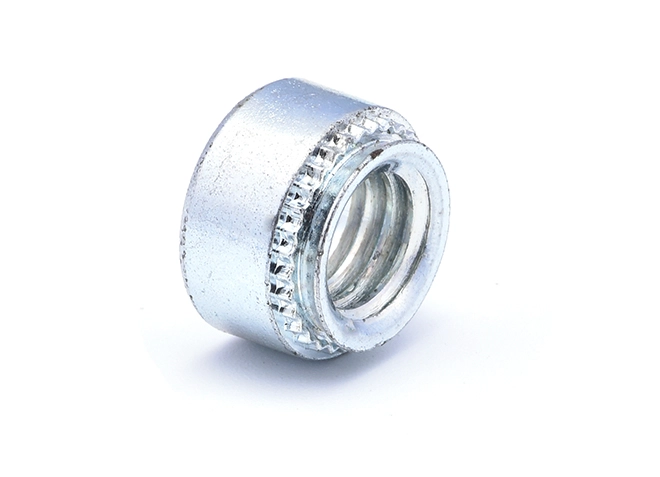 Pressure Rivet Nuts
Pressure Rivet Nuts
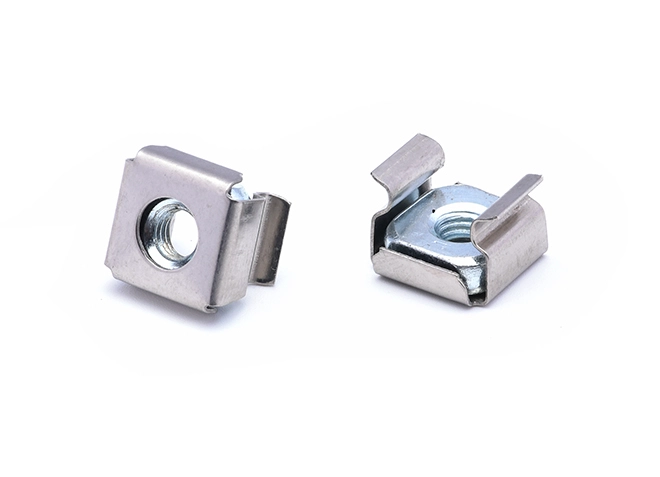 Cage Nut
Cage Nut
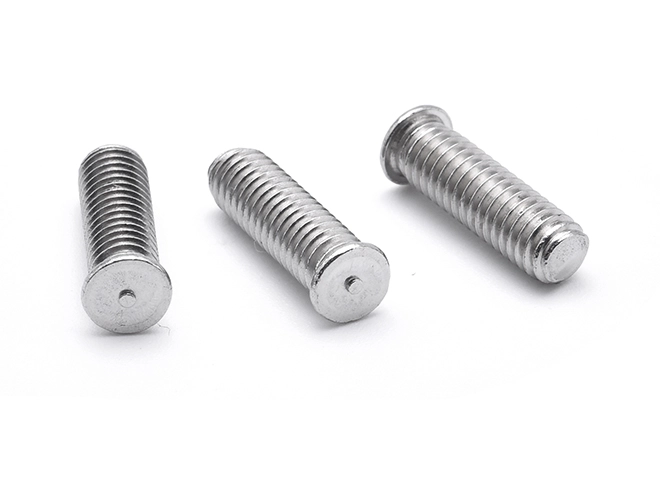 Welding Screws
Welding Screws
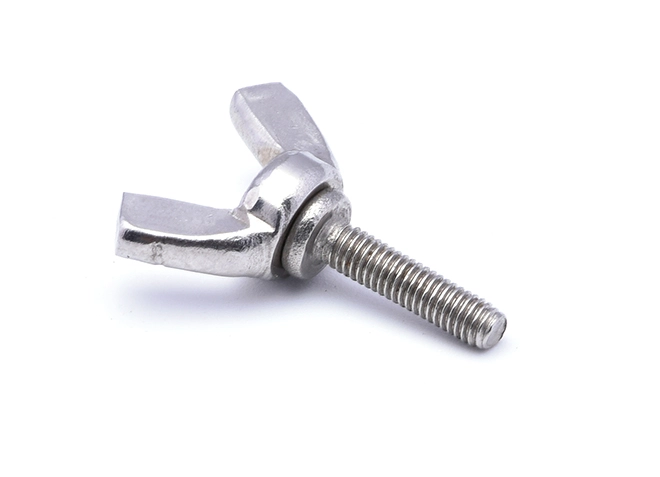 Butterfly Screw
Butterfly Screw
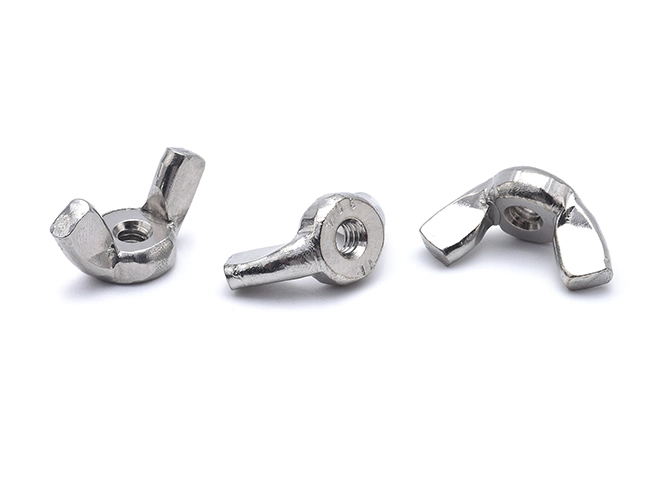 American Standard Butterfly Nut
American Standard Butterfly Nut
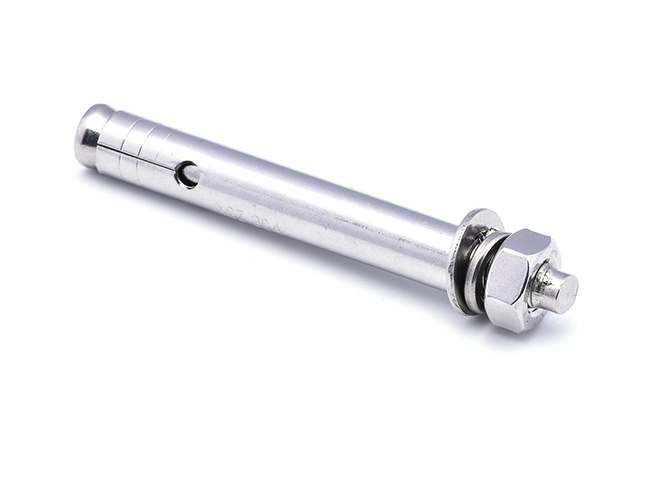 Expansion Screw
Expansion Screw
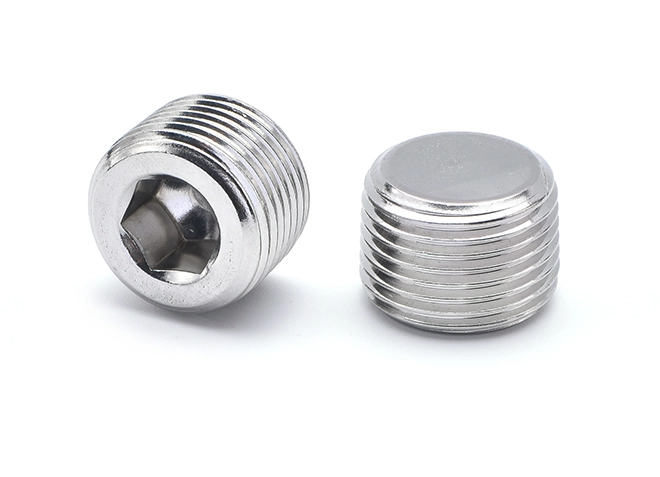 Plug Screw
Plug Screw
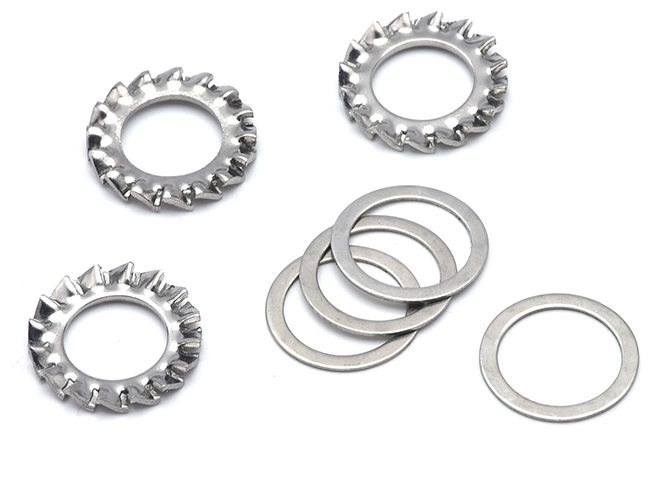 Stainless Steel Washer
Stainless Steel Washer
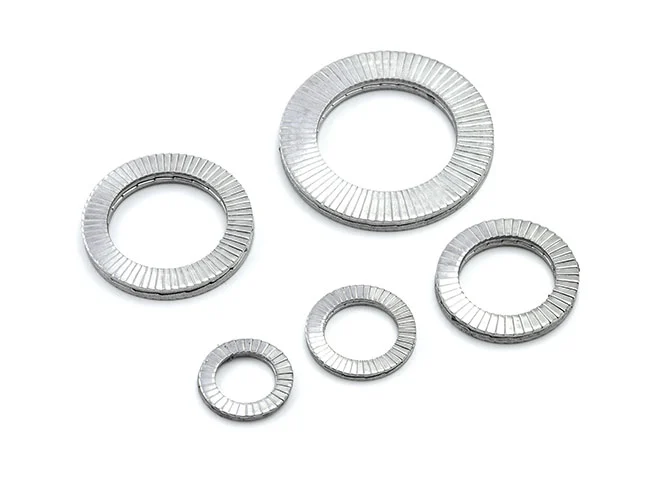 Double Overlap Anti-Loosening Washers
Double Overlap Anti-Loosening Washers
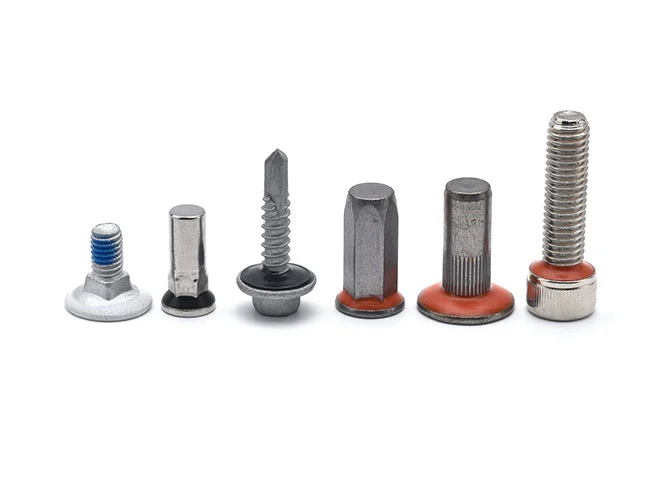 Waterproof and Anti-Drop Screws
Waterproof and Anti-Drop Screws
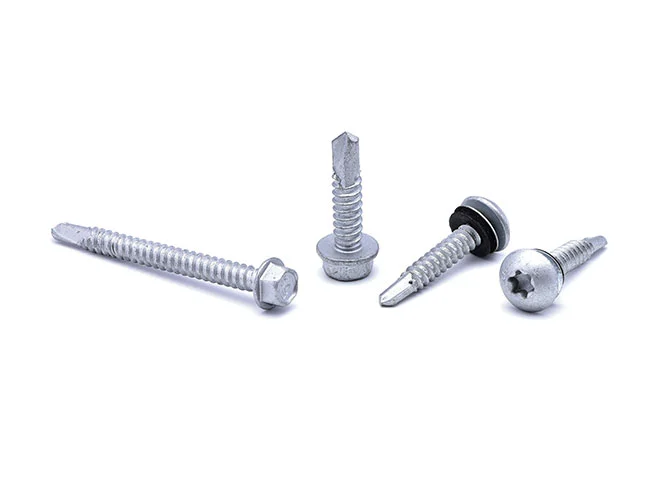 Super Corrosion-Resistant Screws
Super Corrosion-Resistant Screws
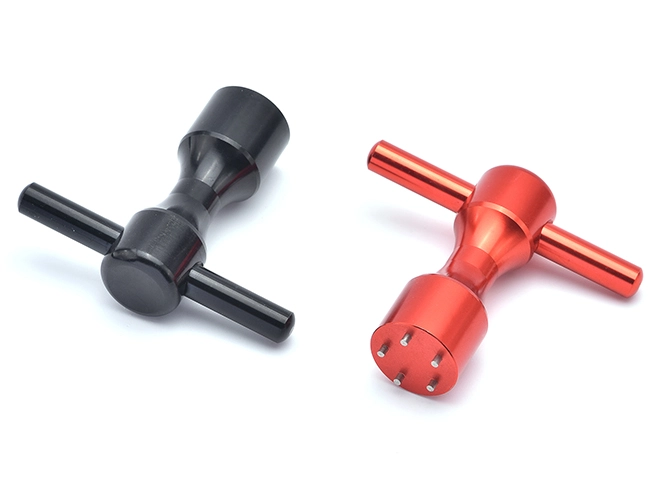 New Type Switchgear
New Type Switchgear
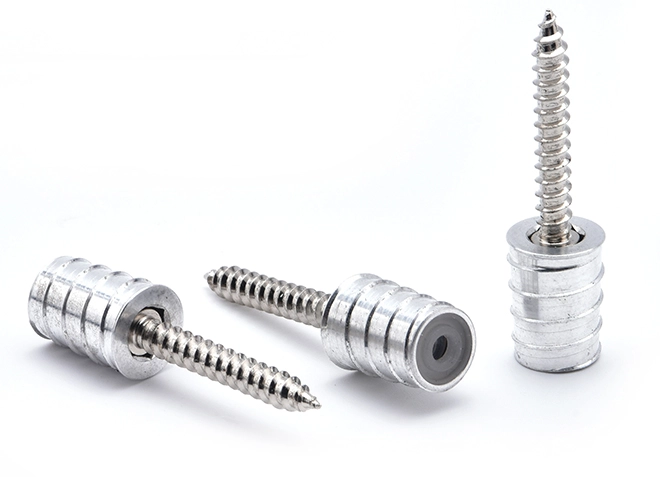 Anti-loose Easy Disassembly Nut Pillar (New Furniture Connector)
Anti-loose Easy Disassembly Nut Pillar (New Furniture Connector)
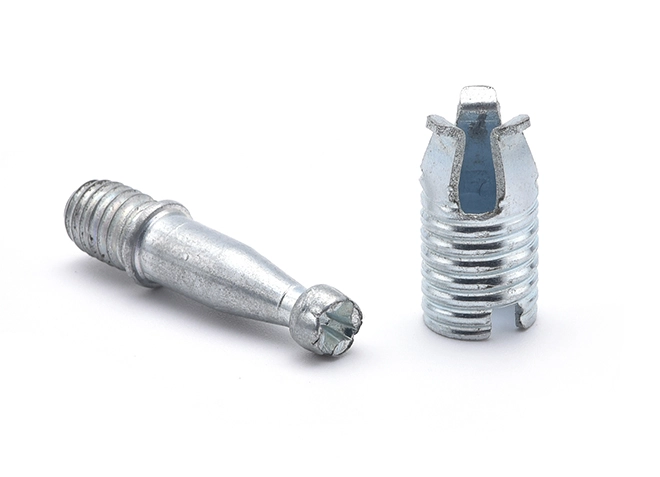 Furniture Simple Assembly and Disassembly Connector
Furniture Simple Assembly and Disassembly Connector
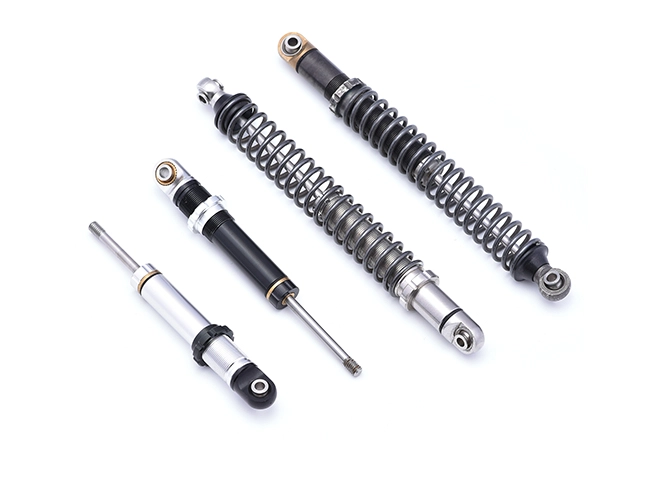 Micro Vibration Absorber
Micro Vibration Absorber
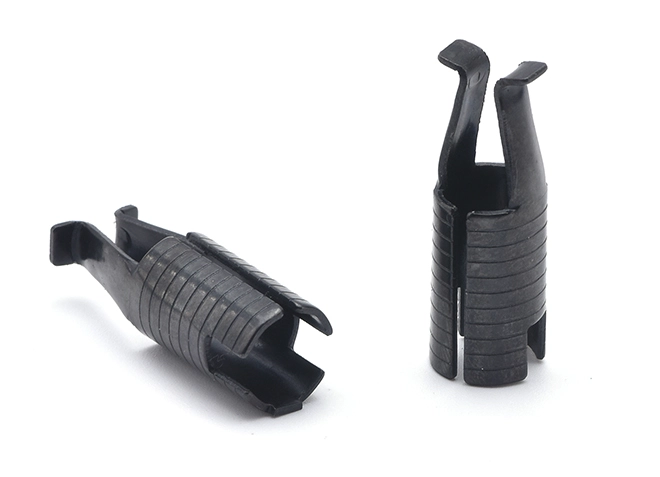 65Mn Material Furniture Connector
65Mn Material Furniture Connector
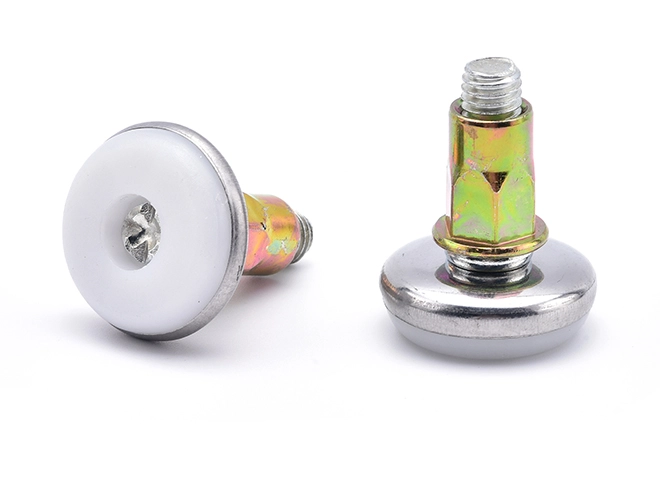 Counter Table Base
Counter Table Base
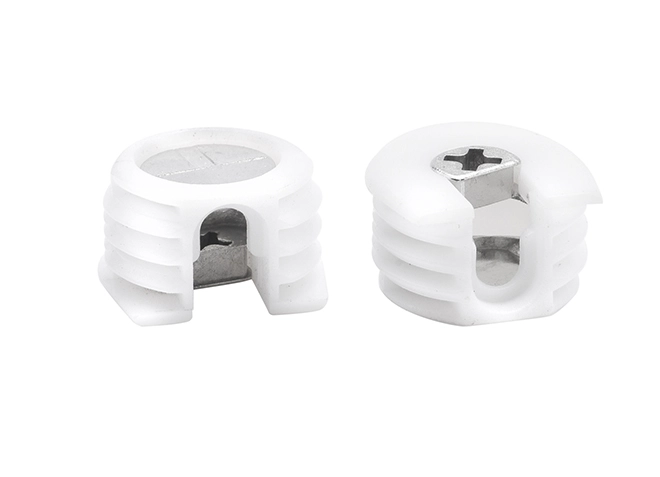 Furniture Connector Nut with Plastic Sleeve
Furniture Connector Nut with Plastic Sleeve
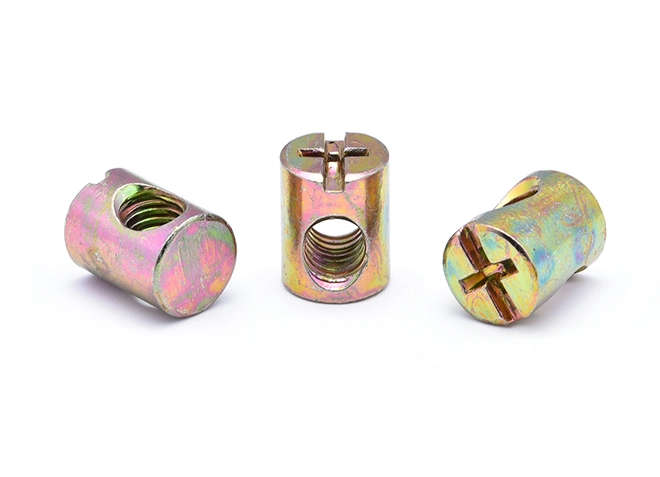 Furniture Horizontal Hole Nut
Furniture Horizontal Hole Nut
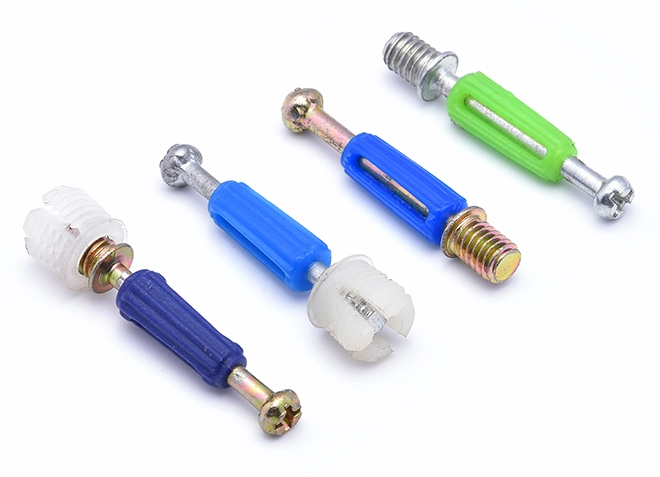 Furniture Connecting Screw
Furniture Connecting Screw
 Furniture Connecting Nut Seat
Furniture Connecting Nut Seat
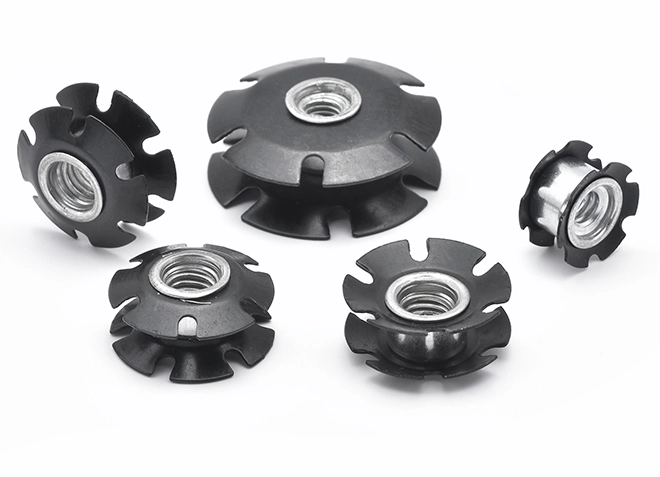 Double Stack Wheels Used On Furniture
Double Stack Wheels Used On Furniture
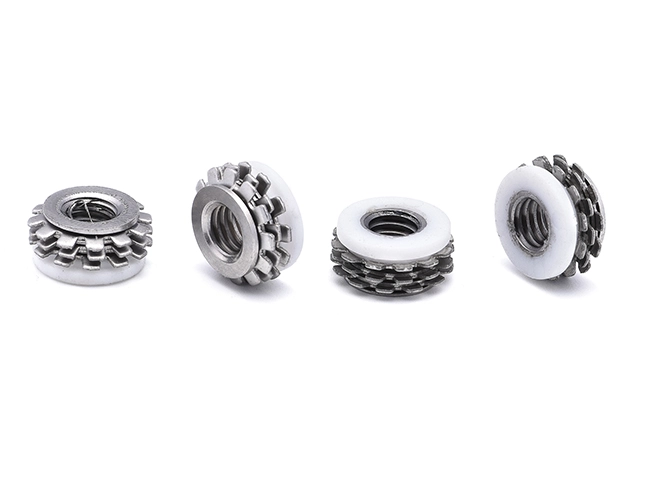 Components Used On Furniture
Components Used On Furniture
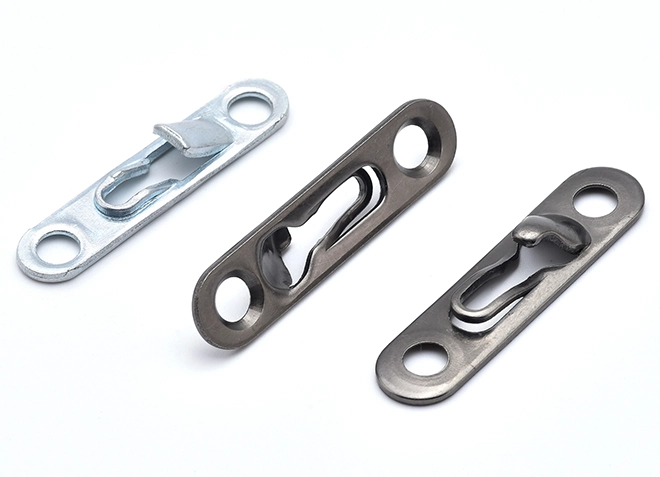 Connection Buckle
Connection Buckle
 Internal Hexagonal Spiral Screw
Internal Hexagonal Spiral Screw
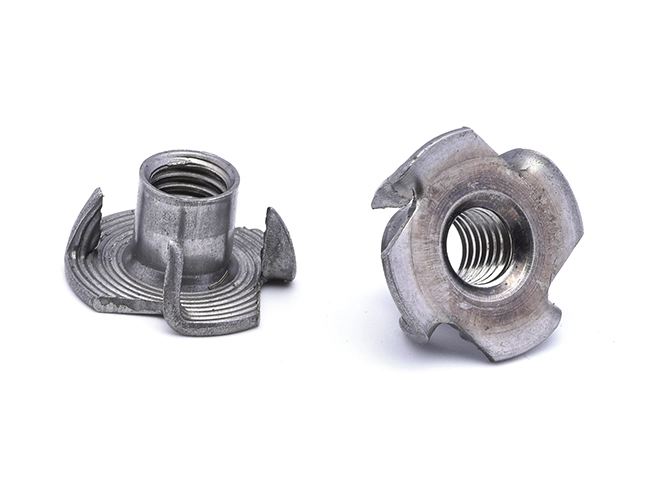 Iron Colored Carbon Steel Four Claw Nut
Iron Colored Carbon Steel Four Claw Nut
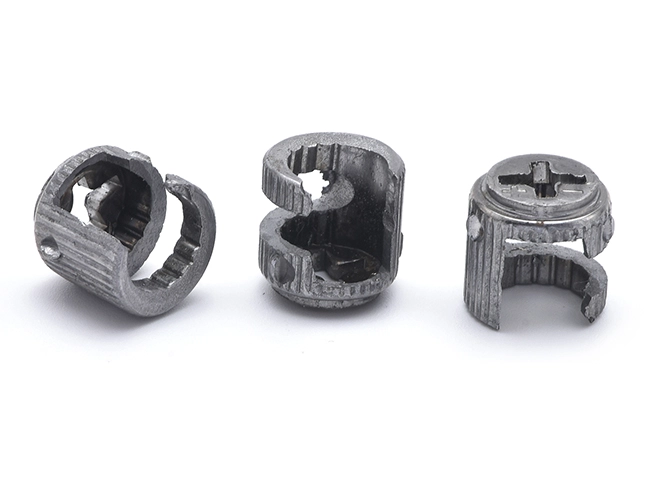 Iron Furniture Three Combination Nut Seat
Iron Furniture Three Combination Nut Seat
 Iron and Zinc Alloy Furniture Three Combination Nut Seat
Iron and Zinc Alloy Furniture Three Combination Nut Seat
 Dowel Pin+ Gray Elephant Rubber Sleeve
Dowel Pin+ Gray Elephant Rubber Sleeve
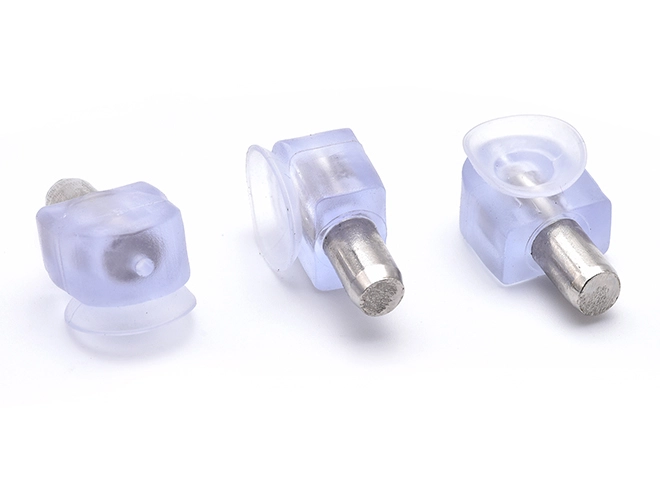 Dowel Pin+ Transparent Elephant Rubber Sleeve
Dowel Pin+ Transparent Elephant Rubber Sleeve
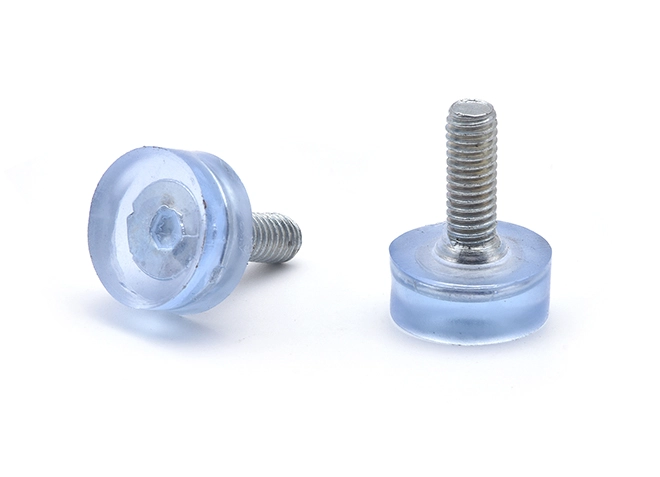 Injection Molded Furniture Foot Pad Screw
Injection Molded Furniture Foot Pad Screw
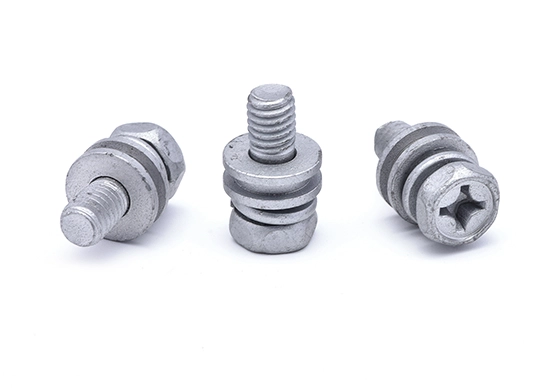


A non-standard three combination screw is a specialized fastener engineered for unique applications or specific requirements that deviate from standard fastening solutions. Unlike conventional screws, which typically feature a single type of threading, head, and length, the non-standard three combination screw incorporates three distinct elements customized to meet specific needs. These elements may include unconventional thread patterns, specialized heads (such as hexagonal, square, or torx), and unique lengths or diameters tailored to the application.
Assess the Situation: Before removing a non-standard three combination screw, evaluate the condition of the screw and surrounding area. Determine if the screw is damaged or if any special tools are required for removal.
Select the Right Tool: Use the appropriate tool for the screw type, such as a specialized driver or wrench. Ensure the tool fits the screw’s head or drive type to avoid stripping or damaging the screw.
Apply Gentle Pressure: Begin by applying gentle pressure to loosen the screw. Turn the tool counterclockwise to unscrew. If the screw is difficult to remove, apply steady pressure rather than sudden force to avoid damaging the screw or material.
Use Penetrating Oil if Needed: For stubborn screws, apply a penetrating oil or lubricant to help loosen the threads. Allow the oil to sit for a few minutes to penetrate and reduce friction before attempting removal again.
Remove the Screw Carefully: Once the screw is loosened, continue turning it counterclockwise until it is fully removed. Handle the screw carefully to avoid dropping or damaging it.
Inspect the Screw and Hole: After removal, inspect the screw for any damage and the hole or slot for any signs of wear or damage. Ensure that the threads in the hole are not stripped or damaged.
Clean the Area: Clean the area around the screw hole or slot to remove any debris or residual lubricant. This helps in preparing the area for a new screw or for reassembly.
Address Any Issues: If the screw hole or threads are damaged, repair or replace them as needed before installing a new screw. Ensure that the replacement screw fits correctly and that the installation area is in good condition.
arron18129983931@gmail.com
arron18129983931@gmail.com
arron18129983931@gmail.com


